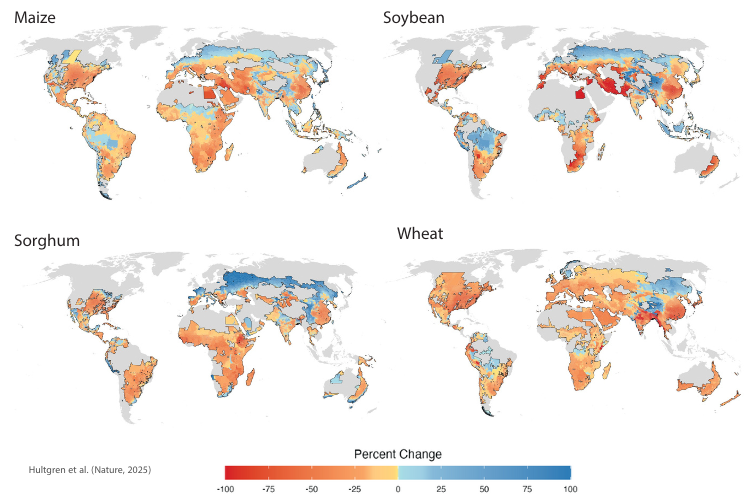2025-06-18 スウォンジー大学
<関連情報>
- https://www.swansea.ac.uk/press-office/news-events/news/2025/06/study-highlights-why-some-people-find-it-harder-to-recognise-faces-of-people-from-other-races.php
- https://psycnet.apa.org/doiLanding?doi=10.1037%2Fxge0001730
「他民族盲」はどの程度蔓延しているのか?顔のカテゴリーごとの認識能力の極端な差を探る How prevalent is “other ethnicity blindness”? Exploring the extremes of recognition performance across categories of faces.
Tree, J. J., & Jones, A. L.
Journal of Experimental Psychology: General Published:2025
DOI:https://psycnet.apa.org/doi/10.1037/xge0001730
Abstract
The other ethnicity effect (OEE) refers to the common finding that individuals generally perform better in recognizing faces from their own ethnicity than from others. Wan et al. (2017) identified a subset of individuals with a marked difficulty in recognizing other ethnicity faces, termed other ethnicity blindness (OEB). This study further examines the prevalence of OEB in two large samples of Asian and Caucasian participants, using three analytical approaches to assess face recognition across different ethnic face categories. The first method, based on Wan’s percentile-rank approach, additionally adjusted for regression to the mean (RTM), found a 1.9% OEB prevalence, lower than their earlier estimates (8.1% [7.5, 10.6]). Moreover, those identified often displayed generally poor face recognition skills. The second approach, akin to a single-case “dissociation” method (Crawford et al., 2003), classified just one individual (0.25%) as OEB. The third method defined OEB purely as an exaggeratedly large OEE, without using traditional “cutoff” scores, but adjusted for RTM, observed 1.33% of participants exhibited this profile. Bayesian simulations supported these OEB prevalence rates. Overall, the findings highlight the critical importance of accounting for factors like own-ethnicity performance, measurement error and RTM. We also advocate for more conservative classification methods in future OEB research and emphasize that while OEB is rare, it can be observed in some individuals. Specifically, adopting the classification of OEB as a “hyper” OEE profile may provide a valuable avenue for future research exploration both with respect to those interested in individual variability in OEE and more generally variability in within-class recognition performance. (PsycInfo Database Record (c) 2025 APA, all rights reserved)




